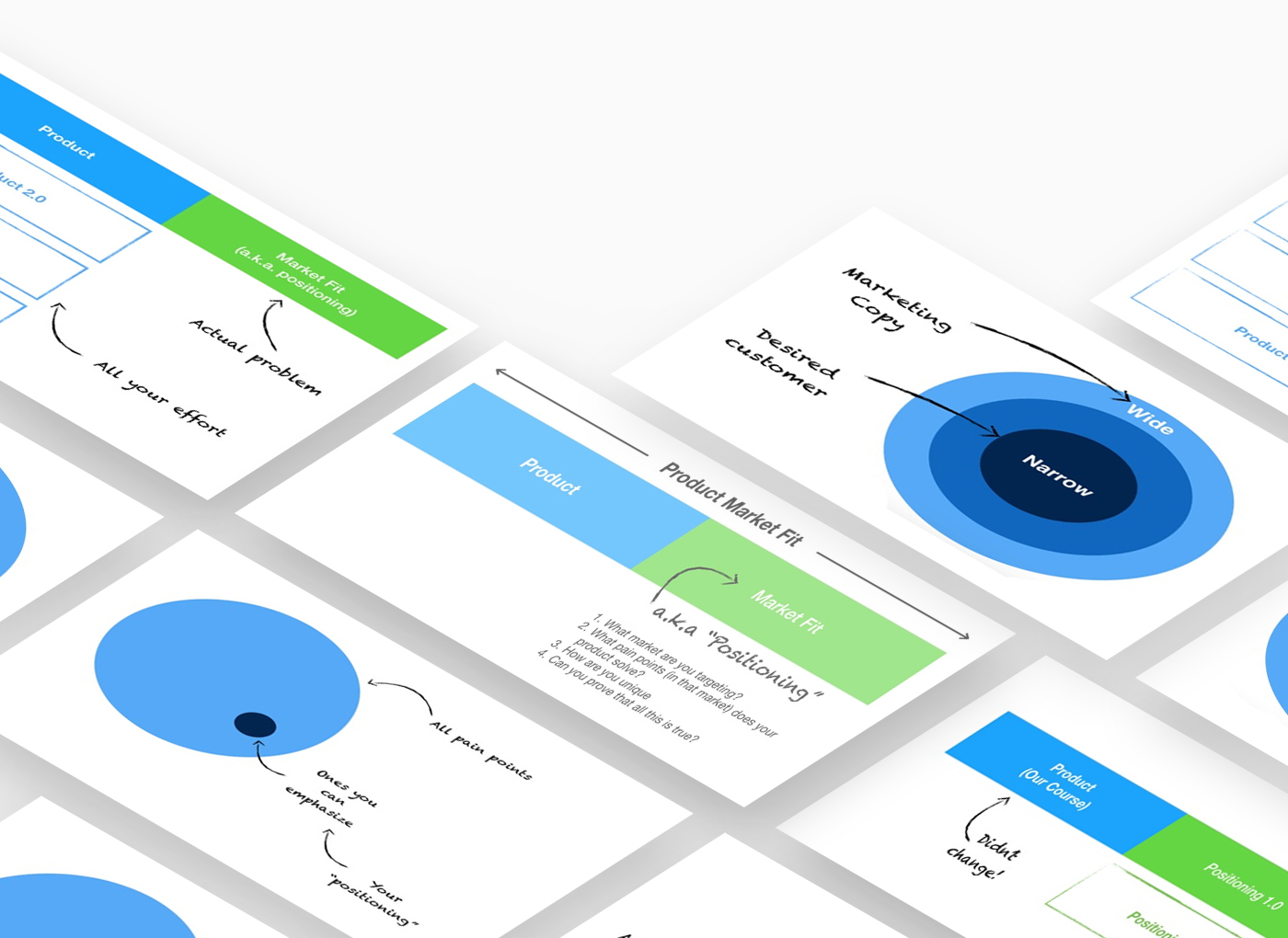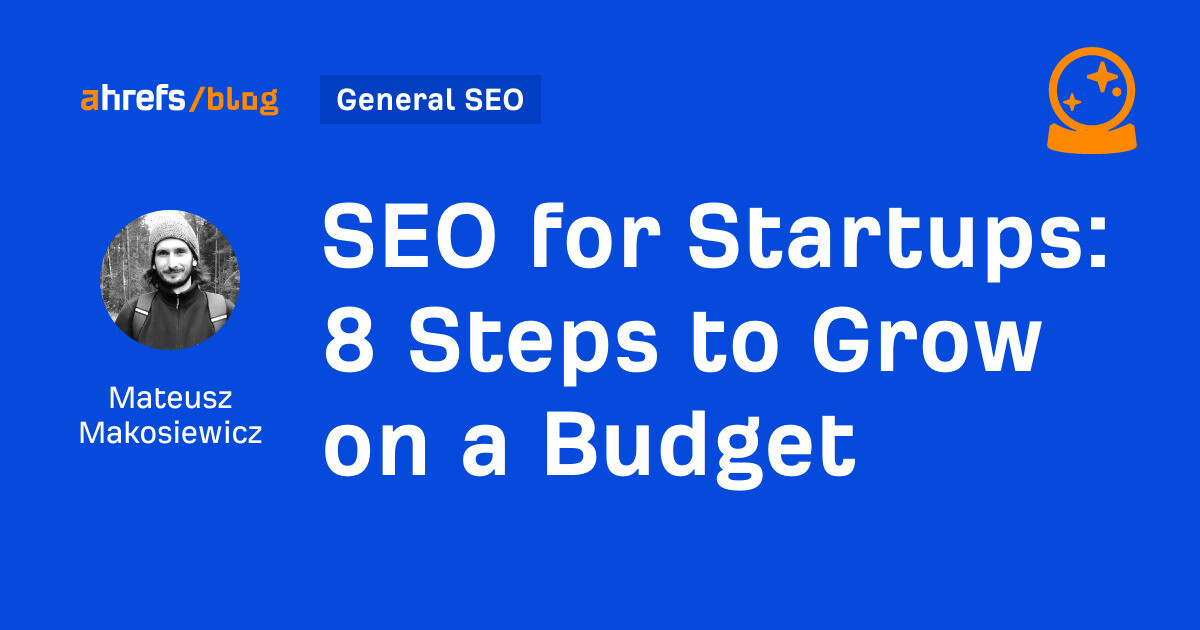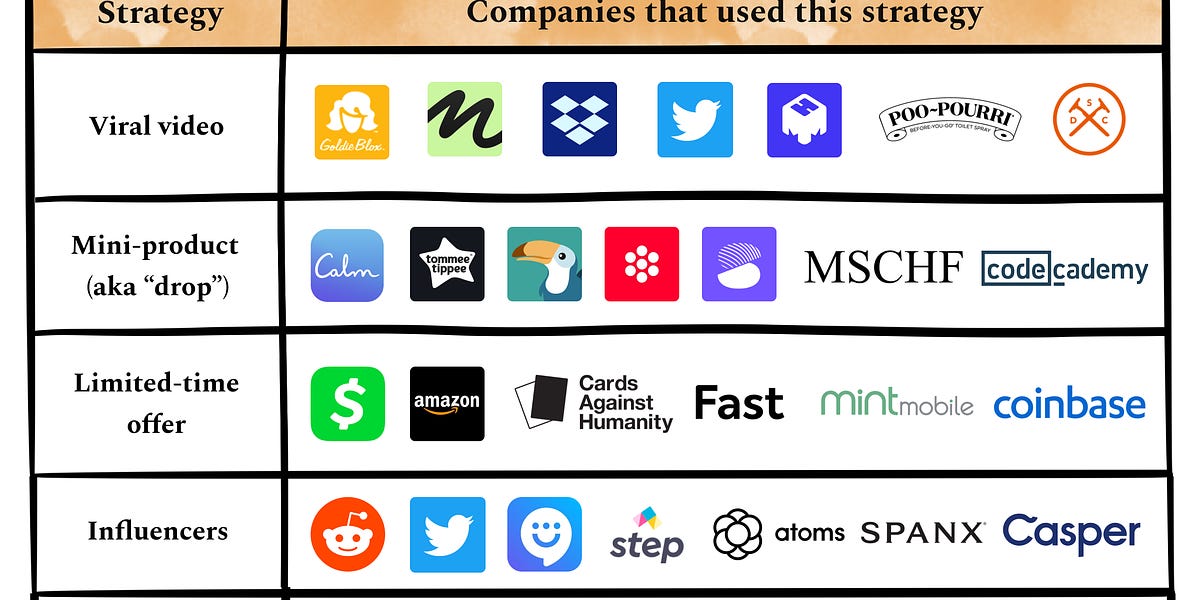- The Solo Founder Newsletter
- Posts
- 📰 What 2 months of content creation look like
📰 What 2 months of content creation look like
... The more time you spend on a short form content, the worse it will perform, that’s the law
Good morning founders,
In today’s issue, positioning, budget SEO for startups, 60 ideas to boost your growth, and this creator’s 2 months of data on content creation.
Let’s get started!
But first, this issue is sponsored by….

My experience points to the same conclusion.
📰 In today’s pick…
Positioning Is the Part of “Product Market Fit” You’re Likely Ignoring
Snippets:
In other words, positioning is the “market fit” part of “product market fit” and it’s likely the part you are ignoring. Most people when searching for product market fit, focus on the product: • Let’s release an MVP (product) to see if people are interested • Not enough people are signing up? Let’s add features to the product! • Still not enough signups? Let’s pivot and change the product. Then, for the “market fit” part, they just state a high level overview of their target customer and call it a day: • Our new CRM targets sales managers • Our dev shop targets series A and B startups • Our ecommerce store caters to millennial women • My consulting practice offers copywriting services to small businesses that need copywriting This is not good enough. The above statements are just general target markets. But what about how your offering is perceived by the market? • Who do customers think your product/service is for? • What do customers think makes you unique? • What pain points do they think you solve? • How credible do they perceive you to be? That’s positioning. And there’s a lot of detail involved in getting it right that, if ignored, will lead you to throw your hands up and blame the product if you don’t get enough sales (interpreted as not achieving product-market fit). But the problem may not be in the product itself, but the subtleties of positioning the product that you get wrong. Many companies ignore this positioning mistake, and as a result, end up tweaking the product over and over again and spinning their wheels. To explain this, we’ll first go over our own case study of a positioning “fail”, where by simply changing the sales copy and not touching the product at all, we were able to increase sales 300% for our product. We’ll then go over the 4 aspects of positioning you need to get right.
Grow and Convert
SEO for Startups: 8 Steps to Grow on a Budget
Snippets:
One of the main reasons why startups should invest in SEO is the potential to gain free organic traffic which can compound and scale over time, offering a cost-effective alternative to paid advertising. In fact, SEO has a high potential to become a pillar of your marketing channel mix.
SEO costs vary, from expensive agencies to the more affordable and definitely viable DIY approach, which we’ll focus on in this guide. I’m sure you’ll find that learning SEO isn’t overly complex, and it doesn’t require special skills such as coding. Plus, there are many online resources to learn from, even free ones like this very guide.
To do SEO effectively, startups need to follow eight key steps outlined in this article. These include both organizational preparations like getting buy-in for this strategy and securing resources, and the practice of SEO itself with keyword research, content creation, and link building.
A critical component to the success of this strategy is the commitment to long-term goals. SEO can get your site ranking for some keywords in a matter of days, but on average, it takes 3 - 6 months to see the effects of this strategy. That’s the trade-off for free, passive traffic, so the sooner you start, the better.
As a marketer, I have worked with several startups and seen what success, failure, and missing out on SEO looks like. I’ve also had the opportunity to see how a 9-figure ARR company grows thanks to this strategy (and be a small part of it as well). So if you’re interested in SEO, I think you will find this guide a great start.
Ahrefs
60 ideas to boost your growth
Snippets:
With so many businesses being created every year, standing out is only getting harder. Case in point—since Naval wrote the above tweet, the number of new business applications in the U.S. has almost doubled, from 2.58 million in 2012 to 4.35 million in 2020.
To get people’s attention, you need to do something special. Something remarkable. And that’s where today’s post comes in. I’ve collected 60 examples of successful Turbo Boosts—one-off events that temporarily accelerate growth for companies large and small—to inspire you to come up with something special of your own.
Broadly speaking, there are seven common types of Turbo Boosts—seven strategies to get a burst of attention for your product:
Below, I’ll explore each of these strategies and share examples of how companies have leveraged each one.
Lenny’s Newsletter
What 2 months of content creation look like | MKTRSU #009
Snippets:
After the first month I’ve summed up my learning as:
• “meme content works on IG and YT, not TT, educational content works on TT” -> so I combined them to educational meme content in 2nd month
• Ranking for search is easiest on TikTok with clearly defined keywords (not necessarily tags). The worst on Instagram and very unpredictable on Youtube with most of the views there I got for longform i got from homepage recommendation - this still stands, tho I had 2 SEO successes in 2nd month.
• Saving content and sending it to other people boosts Instagram reach the most, TikTok minimally, Youtube not at all. - this holds true
• The more time you spend on a short form content, the worse it will perform, that’s the law. - YES.
• Recycled short form content does not perform well on Tiktok, Instagram seems to like it tho! ◦ Made it work in 2nd month! The key was for the meme content to be originally edited - added captions, music, stretched or added greenscreen element and making it longer than 10 seconds (no idea why)
After second month, here are the fresh learnings:
• Linkedin works best with significant updates - like me starting my content journey, or my 1 month summary post. Other than that, everything was super underwhelming. Where my usual post reach was around 1500-2000 impressions, now I’m happy if I hit 500. Hashtags and links hurt the reach, same as VERTICAL VIDEO! Horizontal video, static image or poll seem to perform better but nothing amazing.
• Youtube still remains a mystery. While with Instagram and TikTok I would say I’m quite confident in what will work and what not, Youtube just straight out ignores some of my content.
• Also since I’ve focused on SEO, some of the youtube hits were from search, which is awesome, but the very next video flopped amazingly.
• First month I was figuring out types of content, 2nd month I’ve zoomed in on 2 types of short form and made them work on all three platforms
• Weirdest thing is how Linkedin decreases my reach and Youtube stopped featuring my shorts for 9 straight days without no apparent reason to any of these two phenomena.
Marketing Right Side Up
This is the free edition of The Solo Founder Newsletter. If you haven’t upgraded, to sign up for the full newsletter experience, plus the monthly roundups and additional perks, click here




